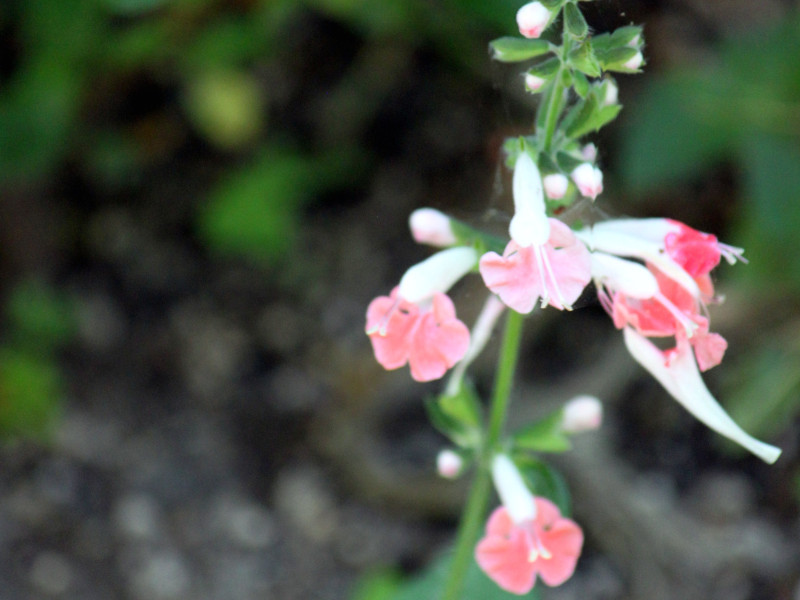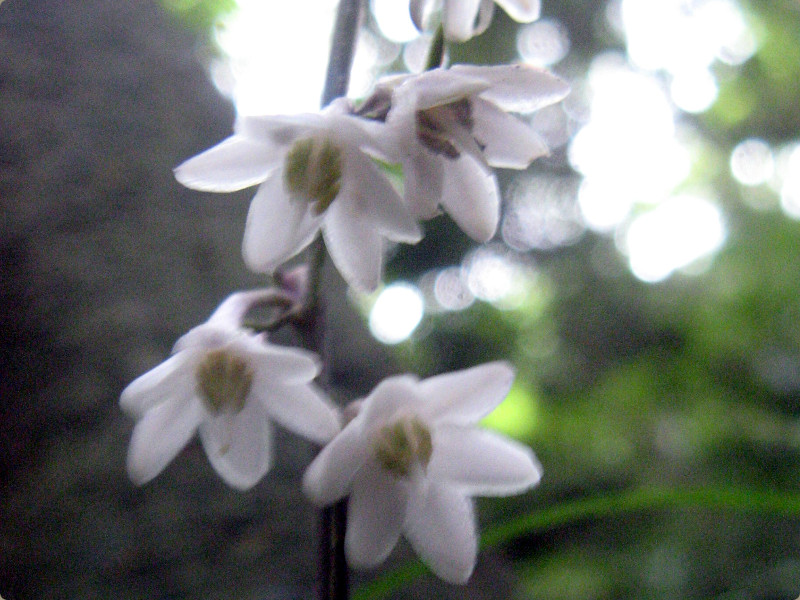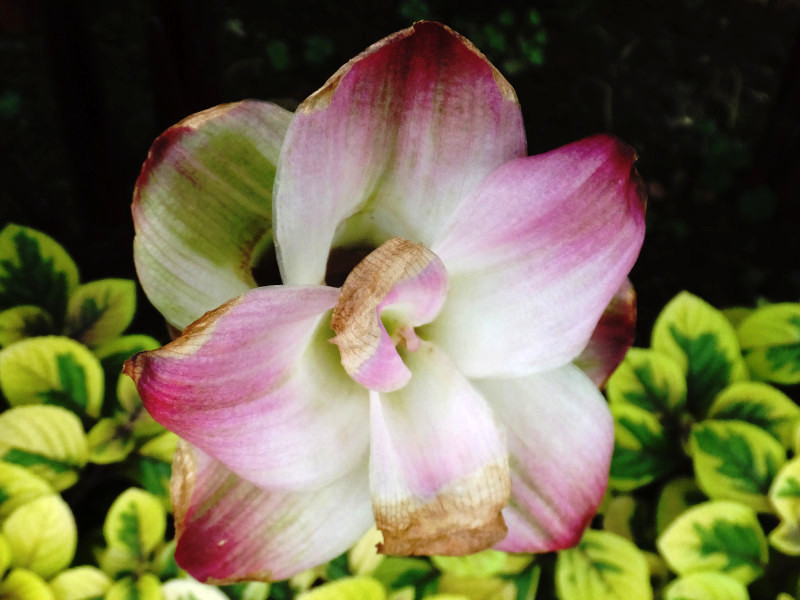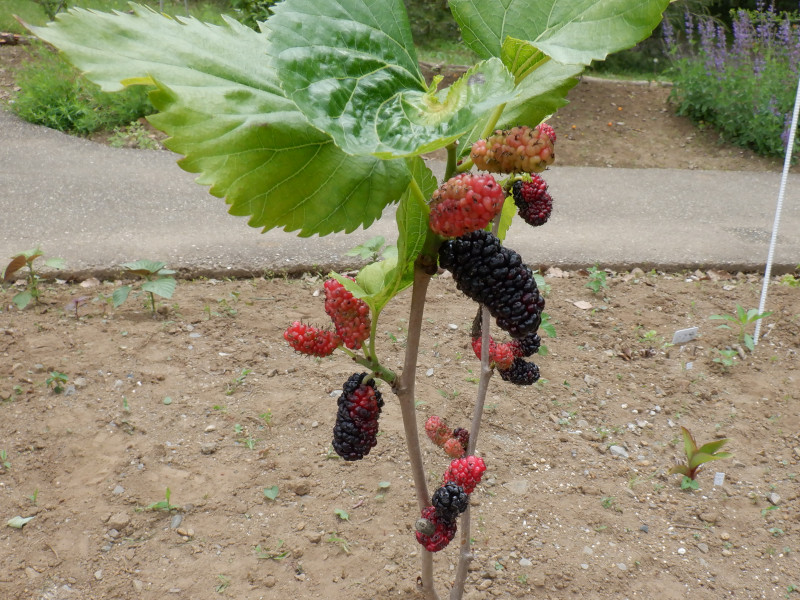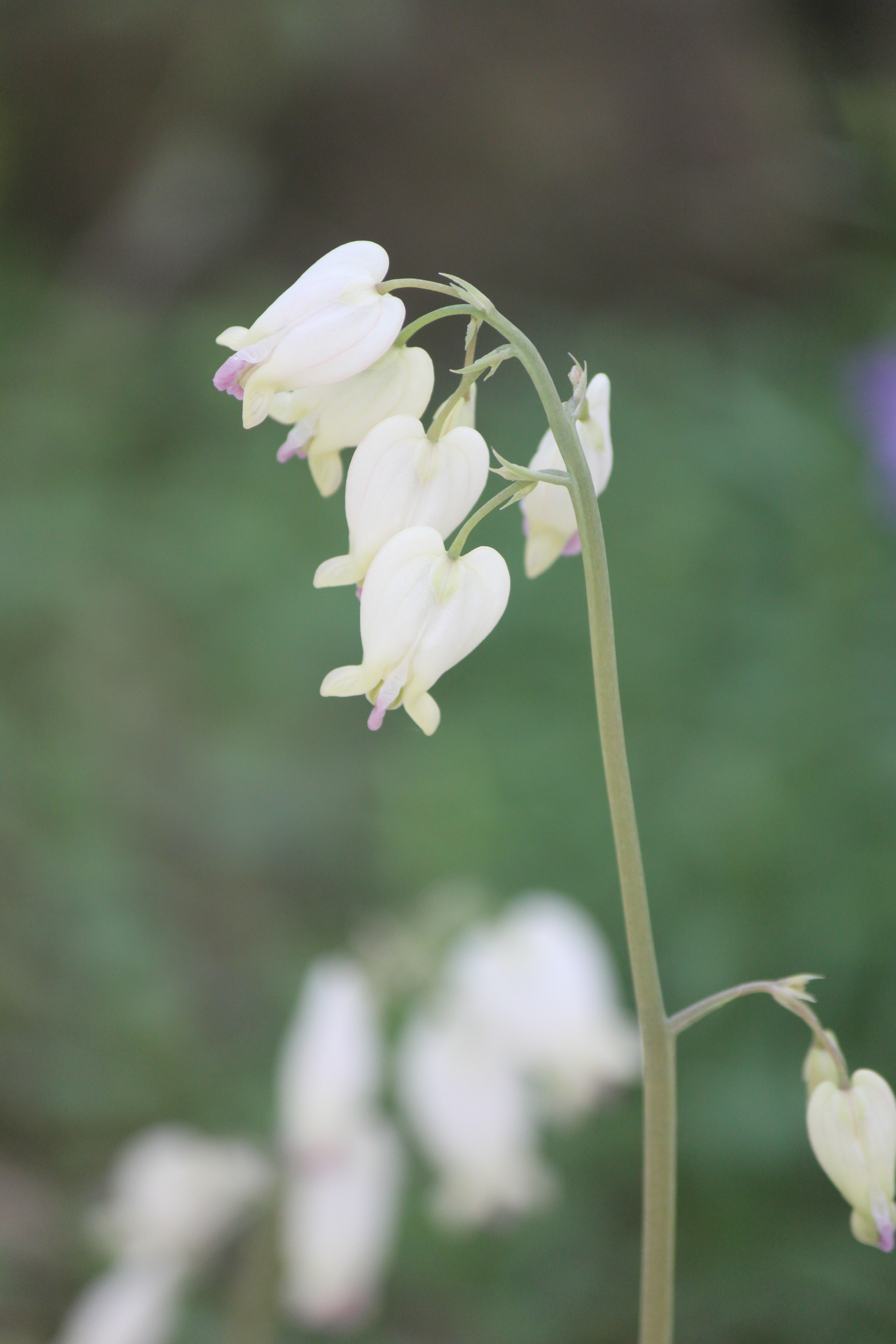Salvia coccinea
- Flower nameSalvia coccinea
- Scientific nameSalvia coccinea
- Aliasサルビアコクシネア, テキサスセージ, コッキニア, Salvia coccinea
- Place of originSouth America and Mexico
- Place of floweringGarden, Botanical Gardens, Park, Potted flower
- Flowering seasonJuly, August, September, October
What is Salvia coccinea
Salvia coccinea or Texas sage, coccinea, scarlet sage, ( scientific name: Salvia coccinea) , is an annual herb of the genus Salvia in the family Lamiaceae , native to South America and Mexico. It has a four-pronged stem with petiolate leaves that grow opposite to the stem. The leaves are densely hairy. In summer and autumn, many red tubular flowers grow from the tips of the flower stalks in cymes. Cultivars include pink, white, scarlet, and bicolor. The flowers drop in a few days, but the sepals remain afterwards, giving the appearance of a long-lasting flower. The flowers have nectar and are pollinated by hummingbirds and butterflies. The species name, 'coccinea', means 'scarlet-dyed' in Latin.
Common name: Salvia coccinea, scientific name: Salvia coccinea, also known as: Texas sage, coccinea, scarlet sage, Origin: South America to Mexico, Plant Height: 60-120 cm, Leaf Shape: ovate, Leaf Inflorescence: opposite, Leaf Length: ~7.5 cm, Leaf Width: ~5 cm, Petiole: present, Leaf margin: serrated, Flower Inflorescence: apical cymose, Corolla: tubular, Flowering season: July-October; Flower color: red, pink; Flower length: 3 cm; Petal shape: tubular; Uses: garden planting, potted plants, park beds, containers.
